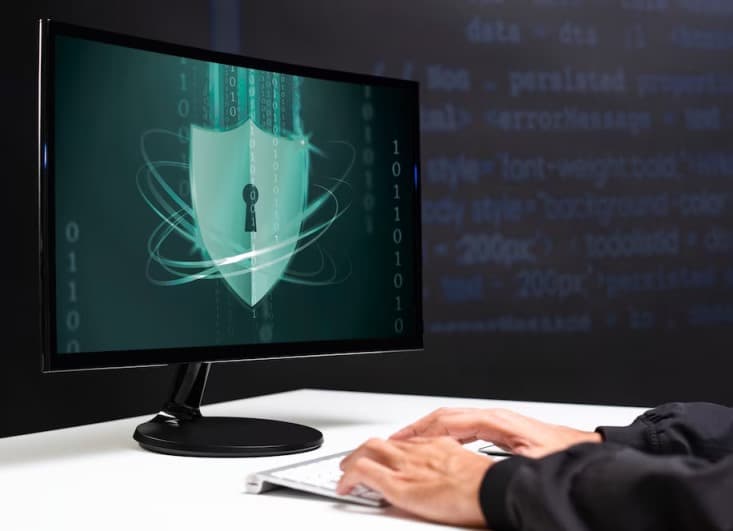Regulatory compliance has grown in significance to the point that it is now on par with cybersecurity. Cybersecurity is essentially a system that safeguards an organization’s information technology infrastructure, including software and hardware, against potential threats as well as existing vulnerabilities.
Any company, regardless of size, has the potential to become a victim of cybercrime and a data security breach. As a result, a business needs to comply with security requirements and adopt cybersecurity measures to protect itself from the consequences of cyberattacks as well as the fines that come with breaking the regulations.
We’ve outlined the critical steps to achieving cyber security compliance in your organization.
Determine Regulatory Requirements and Data Classification
You must first decide which laws and regulations you are obligated to follow. The compliance rules may differ substantially from one state to the next. They also vary according to the industry.
The next step is to determine the kind of data being processed. Many standards provide additional precautions for a particular type of personnel data.
Build a Compliance Team
Every company, no matter how large or small, needs dedicated employees who have the skills and knowledge required to assess compliance with cybersecurity requirements.
Maintaining a responsive and up-to-date cybersecurity environment, as well as building an agile plan to cope with threats and obstacles, may be aided by clearly identifying ownership and responsibility.
Create a Robust Risk Assessment Plan
Develop a thorough risk assessment approach first, and then proceed to take further safeguards. This may help you identify any potential weak points in your network and firm, enabling you to find security solutions or other techniques to protect these areas.
Investing in a good risk assessment approach is money well spent since it will highlight the parts of your infrastructure that need protection and give suggestions on how to secure your network and its devices as much as possible.
Train Your Entire Team
Government agencies require companies to design and carry out thorough security awareness and training programs to ensure that employees understand their roles and responsibilities in preserving the security of their organization’s systems.
Even if there are several techniques for protecting your business via cybersecurity, the truth remains that the bulk of cyberattacks will target your staff since they are the weakest link in your organization.
Daily, new forms of cyberattack are discovered and produced. Your plan for safeguarding your company against such attacks should not be limited to attending annual training sessions. If you just give cyber security training to your employees once a year, your organization will be very vulnerable to security breaches.
To keep your personnel up to speed on the latest cybersecurity practices, you must commit to several training options and create a training structure that is flexible enough to suit everyone.
Use Smart and Automated Tools
Maintaining compliance with cyber security standards may be a challenging and time-consuming task. Because of the large number of tasks that must be accomplished, it is almost impossible to avoid errors at all times.
Using proper technology to automate your compliance process may help reduce the chance of these sorts of human errors happening. Compliance automation solutions, specifically relevant to procedures, reporting, and paperwork, are meant to speed, simplify, or remove part of the human labor that is needed in the process of complying with rules. This might save your security and compliance teams tens of thousands of dollars as well as months of work time.
Set Systems to Least Privilege and Functionality
According to the “principle of least privilege and principle of least functionality,” users and programs should be granted only those permissions that are essential.
It is critical to strike a balance between providing greater rights to employees as they advance in their careers and safeguarding the routes through which hackers may get access.
It’s no secret that maintaining this delicate balance may be difficult at times. Employees may sometimes need to take time away from their jobs to make requests for extended system access.
The little disturbances to our efficiency, on the other hand, are well worth it. The use of as few permissions and functionalities as feasible will help prevent unwanted software and hackers from accessing critical data and processes.
Maintain Constant Monitoring and Response
Compliance requirements are primarily concerned with the growth of cybersecurity threats. Hackers are always on the lookout for new and creative ways to get sensitive data.
They, on the other hand, often prefer to modify previously proven strategies. For example, hackers may create a whole new type of malware by mixing two different varieties of ransomware that are already known to exist.
Using continuous monitoring, your organization may be able to respond to potential threats before they become an issue. If your organization fails to resolve a known vulnerability, it risks being penalized for negligently failing to offer effective security.
